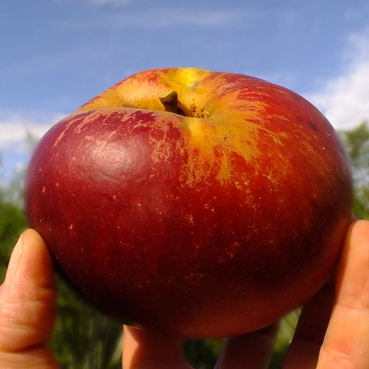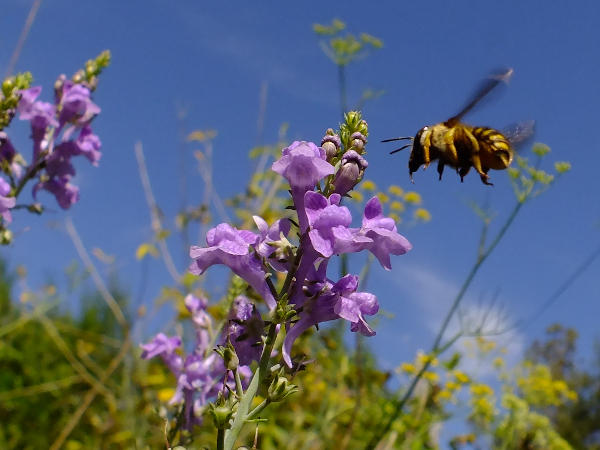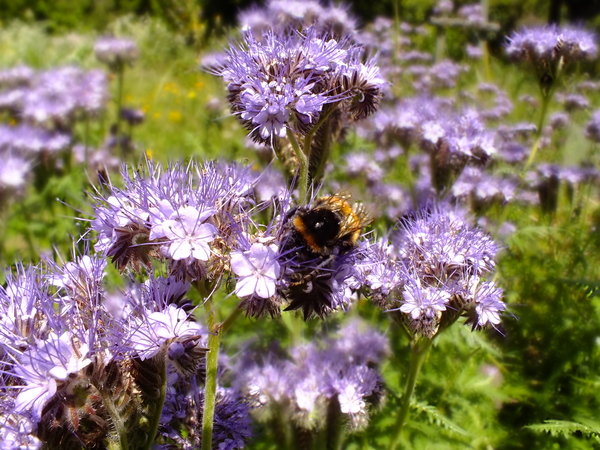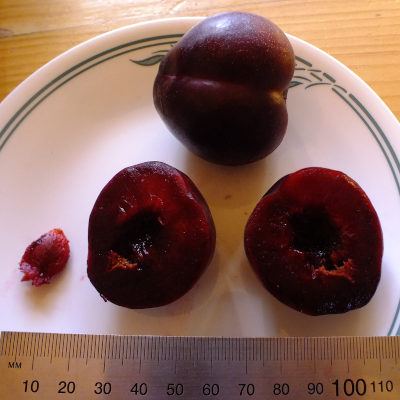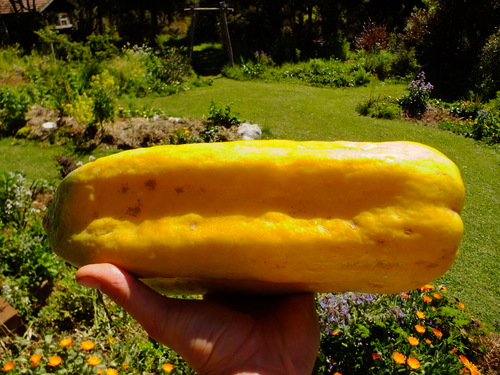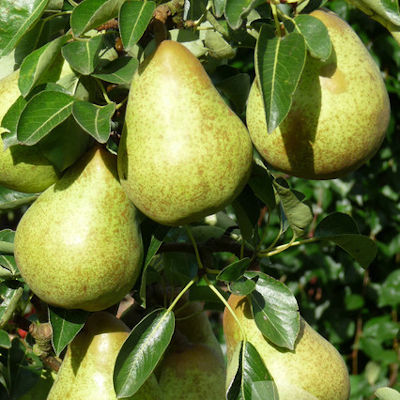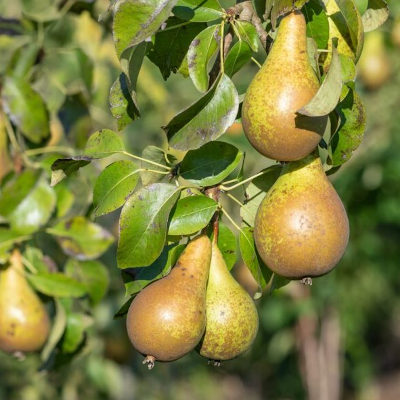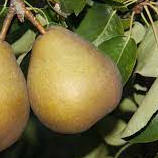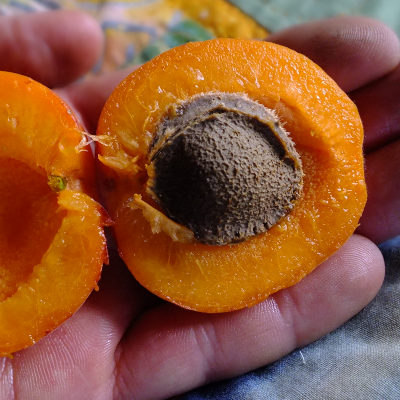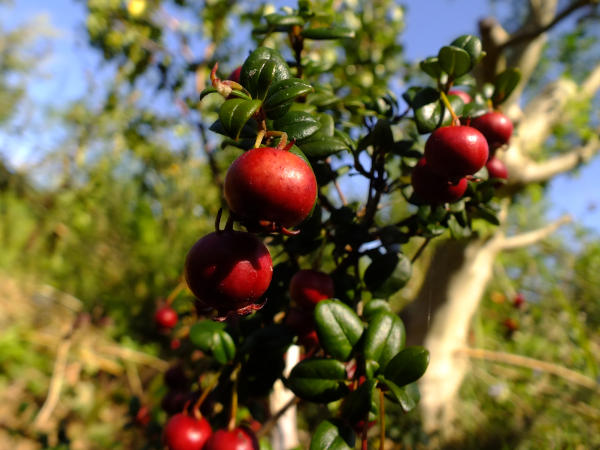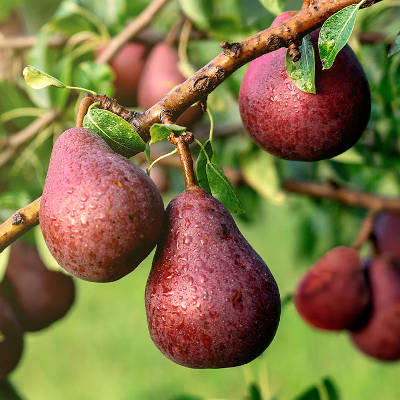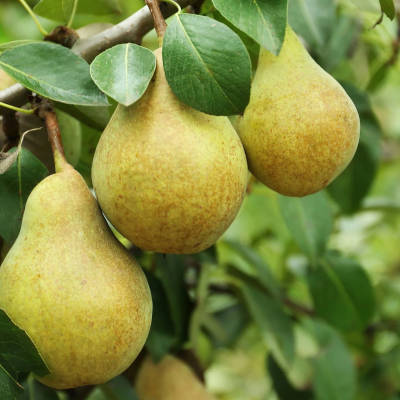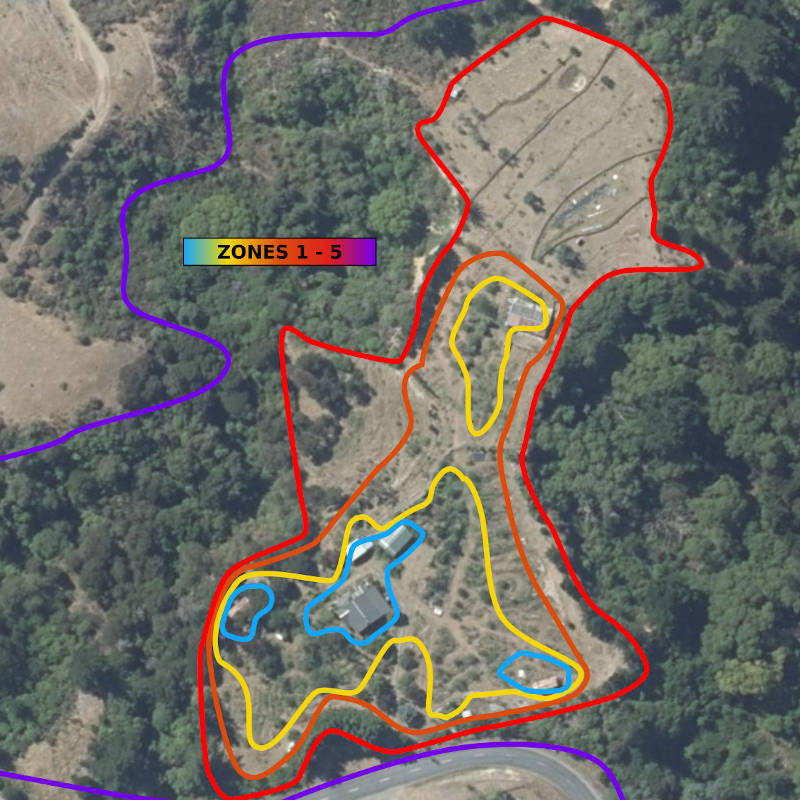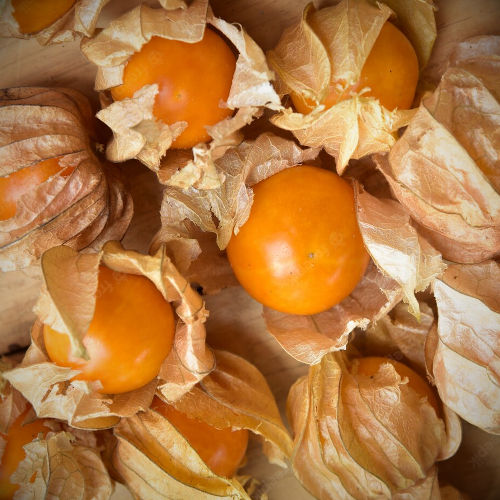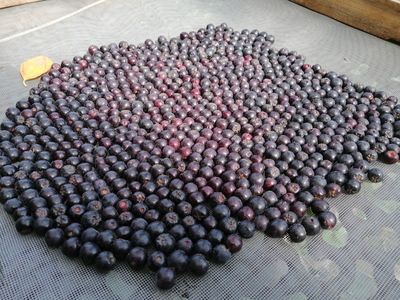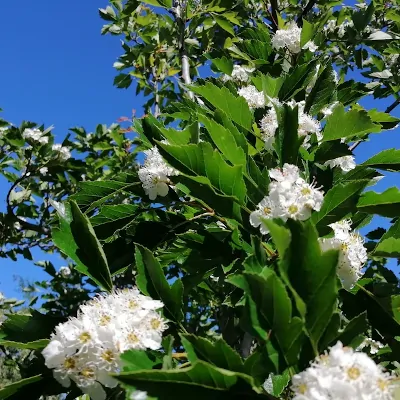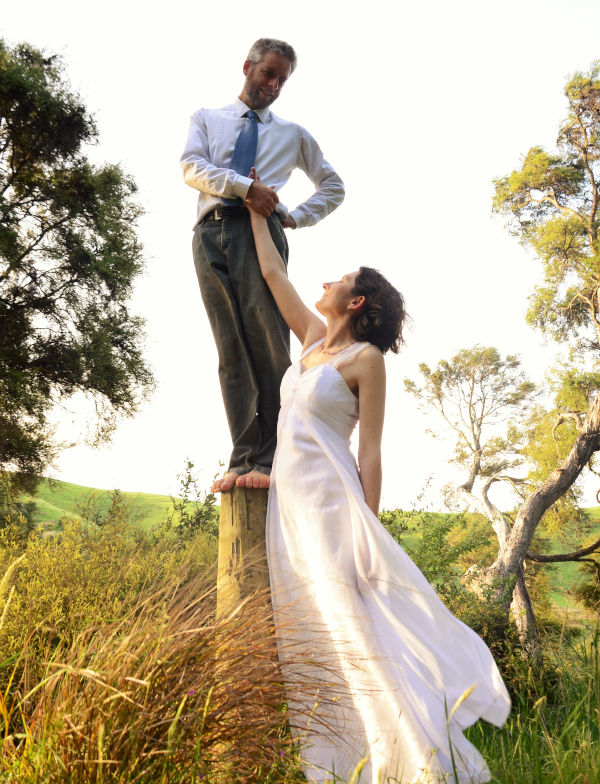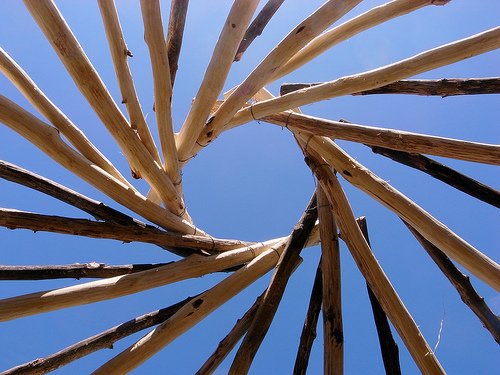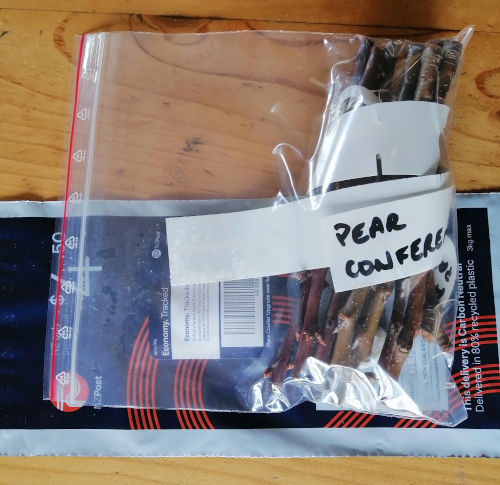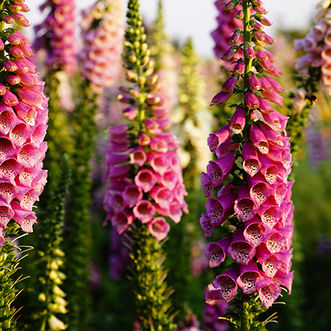Found 446 results
Click tags to include or exclude from results
Phacelia seed
Plum - Elephant Heart scion / bud wood
Babaco
Easily propagated from stem cuttings.
Pear - Williams Bon Chretien scion / bud wood
Pear - Conference scion / bud wood
Pear - Beurre Hardy scion / bud wood
Apricot - Jumbo scion / bud wood
Pear - Red Bartlett scion / bud wood
Pollinators in the North Island are 'Packham's Triumph' and 'Winter Nelis', while in the South Island, the pollinators are 'Doyenne du Comice' and 'Conference'.
Pear - Doyenne du Comice scion / bud wood
Zones as a design concept
The zone model of permaculture in its simplest form is generally represented as a number of concentric areas radiating outward from the primary dwelling space or focal point of activity. The basic ideas is that the more frequently we interact with an element the closer and easier to access it should be. Like many aspects of the permaculture way, this is really just commonsense, something eroded by cheap, abundant energy and technology.
As always, this concept is a guide only and there may be exceptions. For example it may make sense to locate a seasonal garden at at a distant location if that site reduces the need for daily irrigation.
Sometimes placement is non-negotiable, such as a rural mailbox requiring daily visits. This can result in zones being drawn out along routes of frequent travel or focusing around areas of high productivity (water bodies, rich soils etc.)
Being a subset of a living, dynamic system, zone boundaries are not set in stone and may pulse with the seasons or shift as the biological state or built environment changes and develops through time.
Cape gooseberry seeds
Aronia Melanocarpa Seeds
Large fruited thornless hawthorn seeds
Reciprocal roof (self supporting)
While building it you need to support the first beam temporarily; when the support is removed the whole structure should neatly lock together.
Collecting, storing and posting scion wood
Collection
Scion wood is collected during the dormant season from shoots that grew the previous year. In North Canterbury that is June - July. Vigorous growth of at least a 30 centimetres make the best scions. Water sprouts from up in the tree usually make good straight scions. Do not collect scion wood while it is frozen, and avoid wood that has been damaged by cold.
Storage
After cutting, scions should be tied in bundles, labelled, and stored under moist conditions in a temperature range of 4 to 7c. Bundles wrapped with damp paper towelling, sealed in plastic bags, and placed in a refrigerator store well providing it does not contain apples, pears, or other ethylene gas-generating fruit, as this is reputed to ruin the scion wood. However, wood sealed in plastic bags may not be affected?
Grafting time
Choosing when to graft can be tricky. What you want to be doing is performing the graft when the host tree or rootstock is waking up in the spring and the sap is rising and buds starting to swell, prior to blossom or leaf burst. Generally the grafting proceeds in the same order the trees flower and fruit, but earlier. Starting in mid to late august with almond followed by cherry, plum, peach & nectarine, nashi, pear and finally apple in late September.
At grafting time, cut off and discard the tip and base of the scion. Buds near the tip are often flower buds, and those near the base are often weak buds. The remaining portion of the stem is used to make scions each containing three to five buds.
Scions of apple and pear (possibly others?) can be collected and grafted immediately in early spring. Mid August to mid October in North Canterbury
Postage
When we send scions they are bundled and labelled, sealed in a resealable bag with a wad of damp paper.
Foxglove Seeds
Notably, foxglove is a favorite among gardeners and pollinators alike.
The plant is characterized by its rich green, lance-shaped leaves and can reach heights of 2 to 5 feet (60-150 cm). However, its exquisite beauty conceals its toxic nature, as all parts of the foxglove plant contain compounds known as cardiac glycosides, which can be highly toxic if ingested. While its toxic properties make it unsuitable for consumption, foxglove has been historically used in traditional medicine for its potential cardiovascular effects, though its use in modern medicine is carefully controlled and regulated.
Whether for its aesthetic appeal in gardens or its historical significance in medicine, the foxglove plant remains a captivating and enigmatic botanical specimen.
